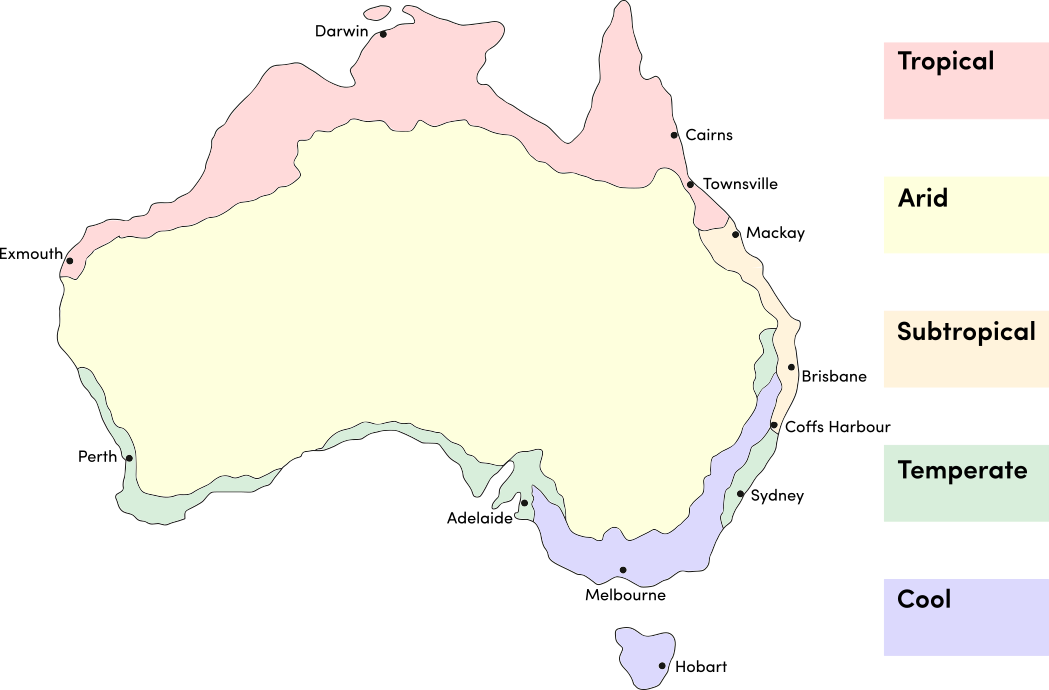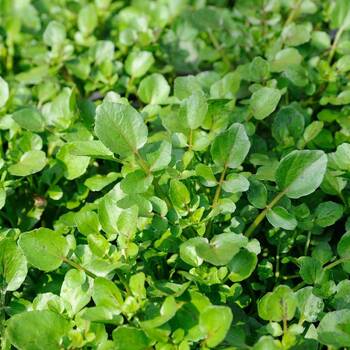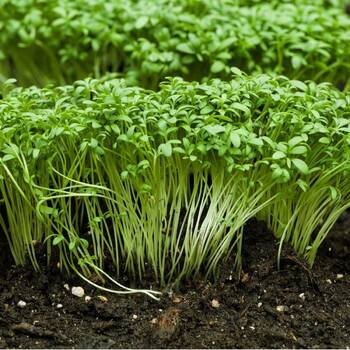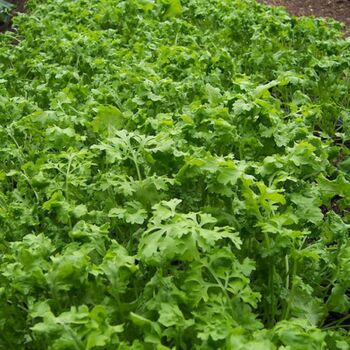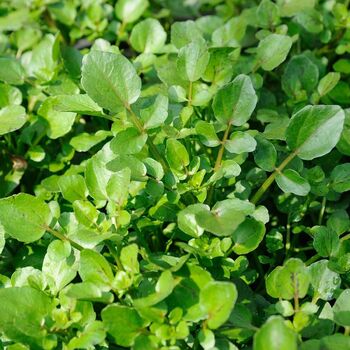Cress Seeds_
Guides
-
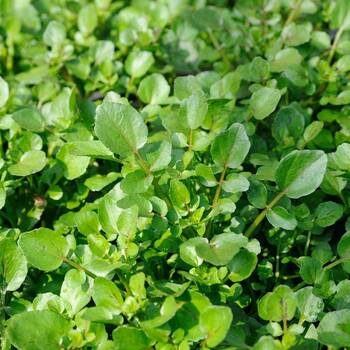
How to Grow Cress Seeds
A comprehensive guide on how to grow Cress Seeds; including soil preparation and position, when and how to sow, when and how to harvest and common pests and diseases. View guide.
-
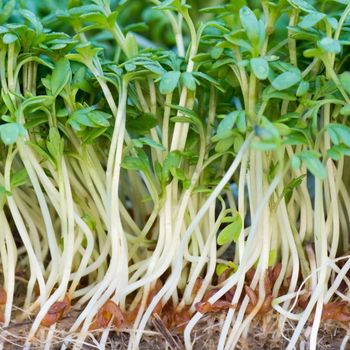
How to Grow Water Cress Seeds
A comprehensive guide on how to grow Water Cress Seeds; including soil preparation and position, when and how to sow, when and how to harvest and common pests and diseases. View guide.
More Related Content
-
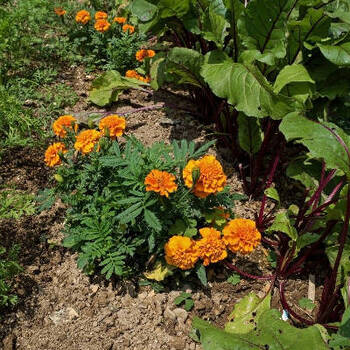
Using Trap Crops to Control Pests - Completely Organically
Growing trap crops is a powerful way of controlling pests completely organically. This article describes how it works, and how to get the best from the technique. Read article.
-
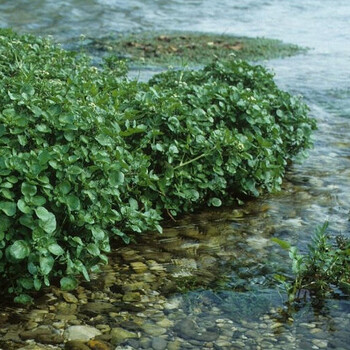
Watercress: A Prolific Crop of Peppery Goodness
Watercress is easy to grow, and produces huge amounts of peppery, spicy leaves packed with excellent nutritional value. This article describes the plant and gives tips on growing it successfully. Read article.

